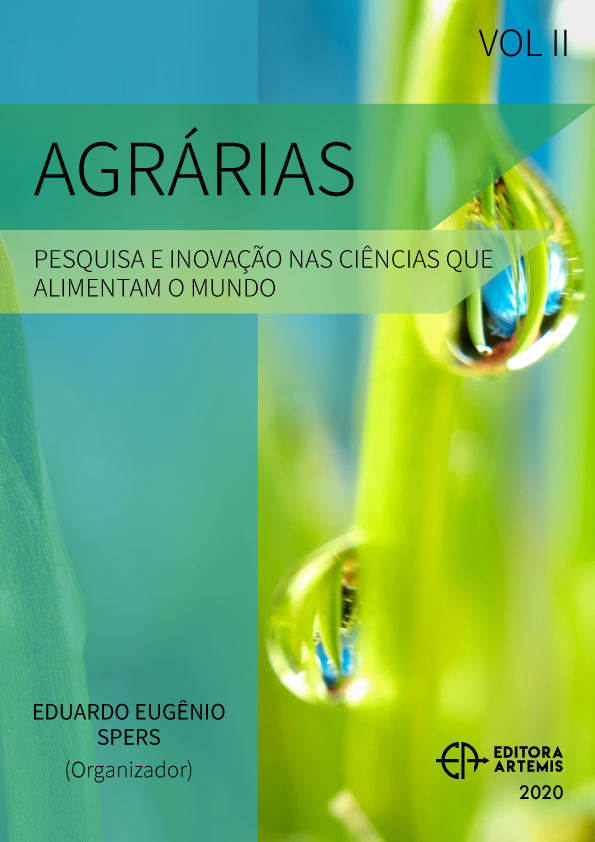
PLANTABILIDADE DE MILHO SUBMETIDA A DIFERENTES COEFICIENTES DE VARIAÇÃO NA LINHA DE SEMEADURA
A distribuição eficiente e uniforme das sementes de milho é um fator que está relacionado diretamente com a produtividade, pois dependendo do híbrido, fertilidade do solo e até mesmo a disponibilidade hídrica do período de cultivo são parâmetros importantes para a escolha da densidade de semeadura e estande final de plantas. Assim, o trabalho teve como objetivo avaliar a produtividade da cultura do milho submetido a diferentes populações e variações na distribuição longitudinal das sementes de milho na linha de semeadura. O delineamento experimental foi blocos casualizados, com quatro repetições. O arranjo fatorial foi 2 X 5, sendo duas populações de milho (55000 e 75000 plantas por hectare) e cinco coeficiente de variação de distribuição de sementes (0, 25, 50, 75 e 100 %). As duas populações testadas tiveram diminuição na produtividade de acordo com o aumento do CV (%), porém não houve diferença estatística entre os tratamentos. Conclui-se que a variação na distribuição longitudinal teve influência direta na produtividade e que se faz necessária a realização de mais trabalhos nessa linha de estudo.
PLANTABILIDADE DE MILHO SUBMETIDA A DIFERENTES COEFICIENTES DE VARIAÇÃO NA LINHA DE SEMEADURA
-
DOI: 10.37572/EdArt_0710107204
-
Palavras-chave: Zea mays, qualidade de estande, produtividade
-
Keywords: Zea mays; Stand quality; Productivity
-
Abstract:
The efficient and uniform distribution of corn seeds is a factor that is directly related to productivity, because depending on the hybrid, soil fertility and even the water availability of the cultivation period are important parameters for the selection of seeding density and final plant stand. Thus, the objective of this work was to evaluate the maize crop productivity submitted to different populations and variations in the longitudinal distribution of maize seeds in the sowing line. The experimental design was randomized blocks, with four replications. The factorial arrangement was 2 X 5, with two maize populations (55,000 and 75,000 plants per hectare) and five seeds distribution coefficient (0, 25, 50, 75 and 100%). The two populations tested had a decrease in productivity according to the increase in Coefficient of Variation – CV (%), but there was no statistical difference between the treatments. It is concluded that the variation in the longitudinal distribution had a direct influence on productivity and that it is necessary to perform more work in this line of study.
-
Número de páginas: 8
- Fagner augusto rontani
- Antônio Luis Santi
- Diecson Ruy Orsolin da Silva
- Tassiana Dacás
- Tairon Thiel
- Fábio Miguel Knapp
- Isaura Luiza Donati Linck

